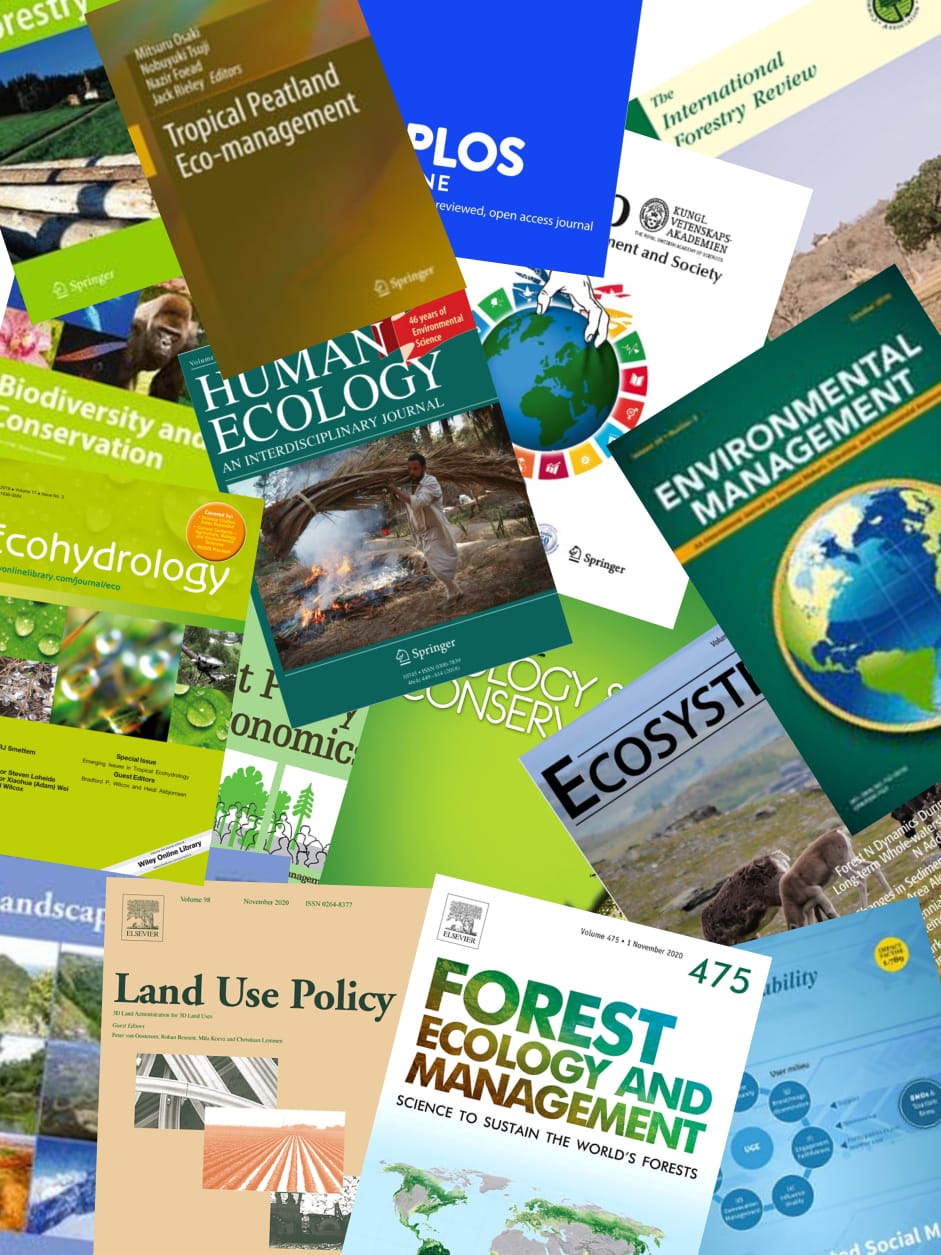This paper described the experience in the restoration of the Barobbob Watershed and the implementation of an integrated watershed management approach through community-based forest management, assessed the land use and associated cover changes in the watershed, and determined the indicators of effectiveness of forest protection strategies based on stakeholders perspectives. The decentralization of 868.79 hectares of Barobbob Watershed including 439-hectare project managed by the Provincial Government of Nueva Vizcaya and Barobbob Watershed Occupants Association, Inc. (BWOA) lead to the successful restoration of the forest through people's participation and community ownership approach. The current land use as a result of enhanced participation between LGU and the community is far better compared to the previous land use because of the increase in productive farm favoring planting of trees. Positive effect of changes in the land use were apparent such as decline in the incidence of grassland and bush fire, sustainable supply of quality or potable water in the Barobbob Watershed due to the maintenance of the remaining secondary forest by the association, and increased livelihood opportunities. The result of interview conducted in determining the importance of watershed as perceived by the people showed that socio-economic (39%) ranked first followed by biophysical (34%) and institutional framework (27%). This is due to the fact that the current good condition of the watershed largely depends on the management and concern of the residents for the area and its resources. The study found out that the issuance of security of tenure and certificate of land ownership strengthened the motivation of the farmers to participate in the conservation program. The co-management arrangement in Barobbob Watershed proved appropriate with the help of the community in the management of its land, timber and water resources. The call for watershed forest restoration and protection is best displayed by enabling social mechanism, community's positive perceptions, and democratic and participatory governance. © 2007, Taylor & Francis Group, LLC.
View source

